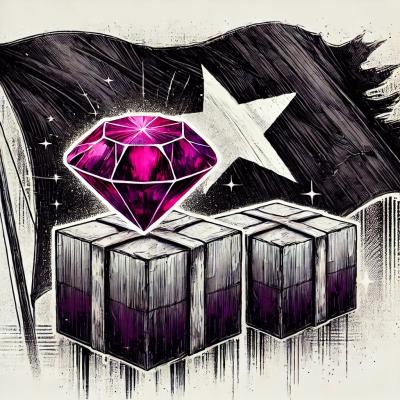
Product
Socket Now Supports pylock.toml Files
Socket now supports pylock.toml, enabling secure, reproducible Python builds with advanced scanning and full alignment with PEP 751's new standard.
github.com/keroserene/go-webrtc
WebRTC for Golang.
As of October 2019, this repository is not actively maintained. The project for which it was developed is now using pion/webrtc instead.
To immediately see some action, try the chat demo from two machines (or one...)
git clone https://github.com/keroserene/go-webrtccd go-webrtcgo run demo/chat/chat.goType "start" in one of the Peers, and copy the session descriptions. (This is the "copy-paste" signalling channel). If ICE negotiation succeeds, a really janky chat session should begin.
To write Go code which requires WebRTC functionality:
import "github.com/keroserene/go-webrtc/"
And then you can do things like webrtc.NewPeerConnection(...).
If you've never used WebRTC before, there is already plenty of information
online along with javascript examples, but for the Go code here, take a look
within demo/* for real usage examples which show how to prepare a
PeerConnection and set up the necessary callbacks and signaling.
Also, here are the GoDocs.
The package name is webrtc, even though the repo name is go-webrtc.
(This may be slightly contrary to Go convention, unless we consider the suffix
to really begin at the last dash. Reasons:
webrtc wouldn't make sense either.(e.g. import "foo" "github.com/keroserene/go-webrtc")
Latest tested native webrtc archive: 88f5d9180eae78a6162cccd78850ff416eb82483
There are currently two ways to build gowebrtc: the easy way, and the hard way.
The hard way is to build from scratch, which involves Google's depot_tools and chromium stuff, gclient syncing, which takes a couple hours, and possibly many more if you run into problems... along with writing a custom ninja file and concatenating archives correctly and such.
See webrtc.org native-code dev.
The easy way is to use the pre-built archive I've provided in lib/.
Once the archive is ready, cgo takes care of everything, and building
is as easy as go build or go install.
TODO(keroserene): More information / provide a real build script to automate the hard way so it becomes the easy way. (See Issue #23)
FAQs
Unknown package
Did you know?

Socket for GitHub automatically highlights issues in each pull request and monitors the health of all your open source dependencies. Discover the contents of your packages and block harmful activity before you install or update your dependencies.

Product
Socket now supports pylock.toml, enabling secure, reproducible Python builds with advanced scanning and full alignment with PEP 751's new standard.

Security News
Research
Socket uncovered two npm packages that register hidden HTTP endpoints to delete all files on command.

Research
Security News
Malicious Ruby gems typosquat Fastlane plugins to steal Telegram bot tokens, messages, and files, exploiting demand after Vietnam’s Telegram ban.